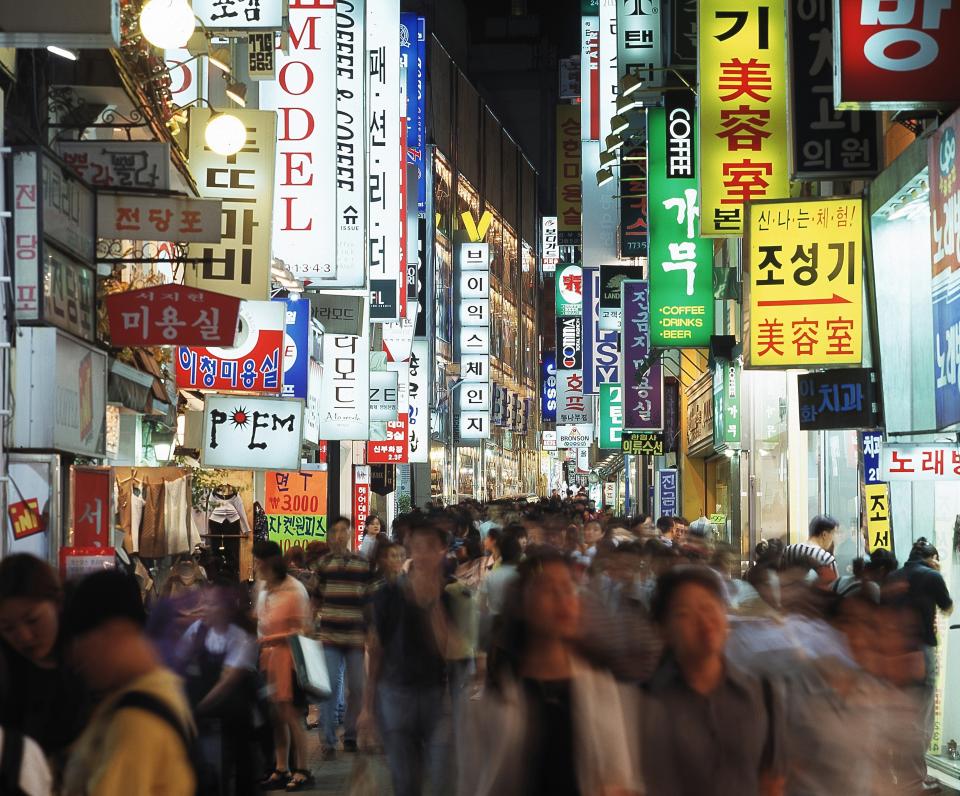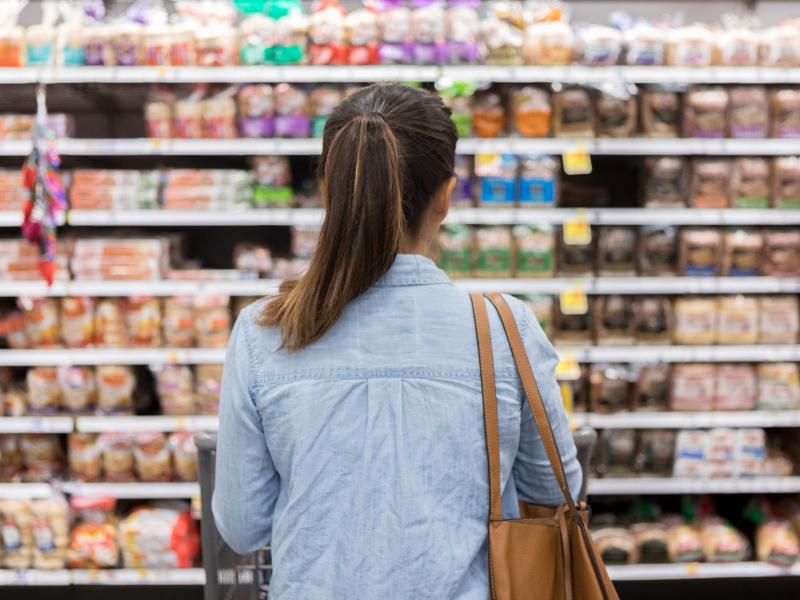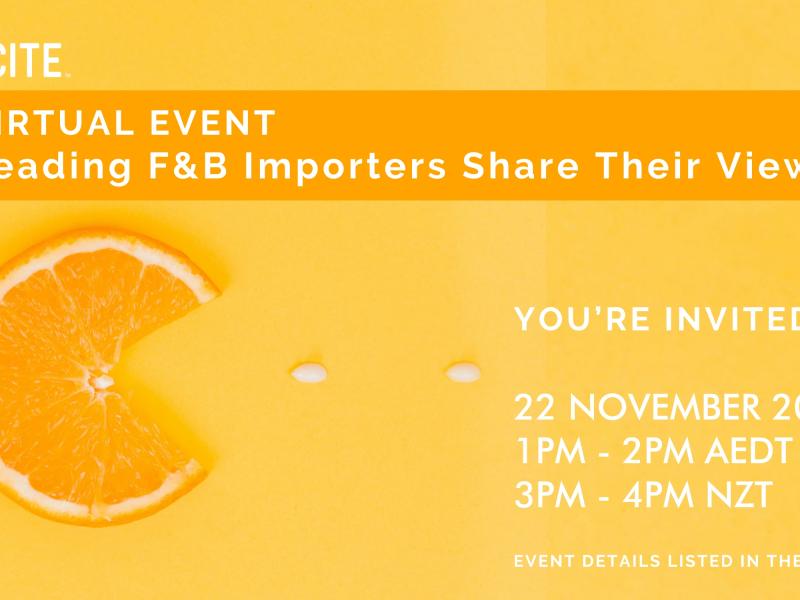By Ryan Freer.
South Korean tastes are changing and at a rapid pace. Diets and lifestyles are becoming more progressive and shoppers are increasingly seeking out new international flavours and global brands.
At the same time, Korean consumers are generally affluent and sophisticated, and demand premium, high quality products – which is a great fit for New Zealand’s export capabilities.
Add these drivers to a new free trade agreement (FTA) and a growing trade relationship, and you have a significant potential boost for New Zealand exporters.
Currently, South Korea is exploding with unique and creative shops, restaurants and bars appealing to the individual who has discerning tastes and an appetite for trying something new. Locals, particularly those under 35, are increasingly moving away from mainstream offerings.
Demographics are changing too and this is affecting demand. Households are getting smaller; more people want to live on their own, or not live with parents after getting married. More people want smaller portion sizes; many brands fail to get traction in South Korea because their serving sizes are too large.
Cafes compete to offer the most niche theme, such as selling arts and crafts, wrist or finger jewellery, or focusing on a particular type of cheesecake or dessert. There’s almost a Churros café on every corner, and these will no doubt soon be overtaken by the next big thing.
Wine and craft beer bars are increasingly popular; wine sales have doubled over the past 10 years. Young consumers seek out craft beer although it’s much more expensive (at department stores, the price of imported craft beer can reach over NZ$20 per bottle).
Rice consumption has been going down every year since the mid 1980s, and consumers are seeking out avocados, cherries, bakeries, coffee and desserts. Demand for organics is growing.
As its tastes change, South Korea is having to look to international suppliers to plug consumer demand. The country imports more than 70 percent of its food and agricultural products and is becoming increasingly dependent on imports.
South Korea is a huge market. It has the world’s 12th-largest economy with more than 51 million consumers, and is already New Zealand’s sixth largest market for exported goods.
New Zealand is now in an even stronger position to help South Korea meet its needs. The Korea-New Zealand FTA entered into force in December, instantly eliminating tariffs on NZ$793.7 million (around 48 percent) of New Zealand’s exports to South Korea, with 98 percent of tariffs to disappear in stages over the next 15 years.
South Korea has 14 FTAs with a total of 51 countries, and now that New Zealand has been legislated into Korea’s ‘economic territory’ we’re on the inside and in a good position to sell products and ingredients more easily and cheaply. South Korea’s conglomerates, importers and purchasing managers are now more interested in New Zealand supply. Unsurprisingly, we are seeing increased interest in the South Korean market, both from current exporters looking to scale up their business and from new exporters looking to enter the market.
Exporters who can partner with Koreans in their never-ending quest for convenience, quality, and value, with a hint of distinctiveness, will find opportunity in South Korea.
Ryan Freer is New Zealand Trade and Enterprise’s Trade Commissioner for the Republic of Korea and is based in Seoul. NZTE’s Seoul office assists exporters to grow their business in Korea by providing tailored market insights, helps established players to expand local market presence, and assists new exporters to find reputable local partners. Get in touch with NZTE by phoning 0800 555 888. Find more international insights at www.nzte.govt.nz/news and twitter.com/NZTEnews.
EXPORT TIPS:
- Good sense applies: Work with in-market partners who have a good track record and reasonable funding. Meet local taste and packaging preferences, and label requirements. Provide regular communication and demonstrate commitment to the market.
- While the Korea-NZ FTA is growing our economic relationship with South Korea as exporters enjoy reduced or eliminated tariffs, the market is characterised by heated competition and the need to maintain complex relationships. Businesses in the US, Europe and Australia have had FTAs with Korea before us. Sitting behind your computer isn’t the best way to succeed - you need to have a presence in-market, and if your’e not establishing a local subsidiary you need to visit 3-4 times a year to see what your product looks like on the shelf and to meet distributors.
- Business is very relationship-driven. People want to enjoy doing business, go out for dinner, ask you about your family, get to know you. Strong relationships are more important than contracts; Koreans believe the relationship should be able to navigate speed bumps along the way.
- Relationships are more complex. If you’re working with a large business in Korea it may see itself as the ‘big guy’ and may bully you a little bit, which can feel like arrogance. New Zealand is very egalitarian, whereas in Korea you swap your age and status and quickly find out who’s who.
What Koreans want: consumer trends that haven’t changed
- Packaging - It’s less about function in Korea, more about being drawn into a premium experience. Imported water gets more kudos if it’s in glass, not plastic. Individually wrapped food products are popular, partly because they appeal to Korea’s appetite for high-end goods. For a Westerner this is frustrating because it’s bad for the environment and annoying to open, but for a Korean it’s not a premium product if it’s not individually packaged.
- Health - Koreans are ahead of Westerners in terms of counting calories and knowing the nutritional qualities of their food.
- Superstition - Packaging and labelling needs to connect with consumers or at least shouldn’t repel them. Red is viewed positively; when a business channel is up it’s red, and when it’s down it’s green. The word for four is a synonym for death; there’s no fourth floor anywhere, only 4th floors.
- Social media – Koreans were photographing their food experiences before Westerners, with Korea’s version of Facebook or Myspace, called SNS. South Korean ‘power bloggers’ have 30-40,000 followers each, and if they take a photo of a hamburger there’s a queue outside the restaurant the next day.
28 April, 2016.





